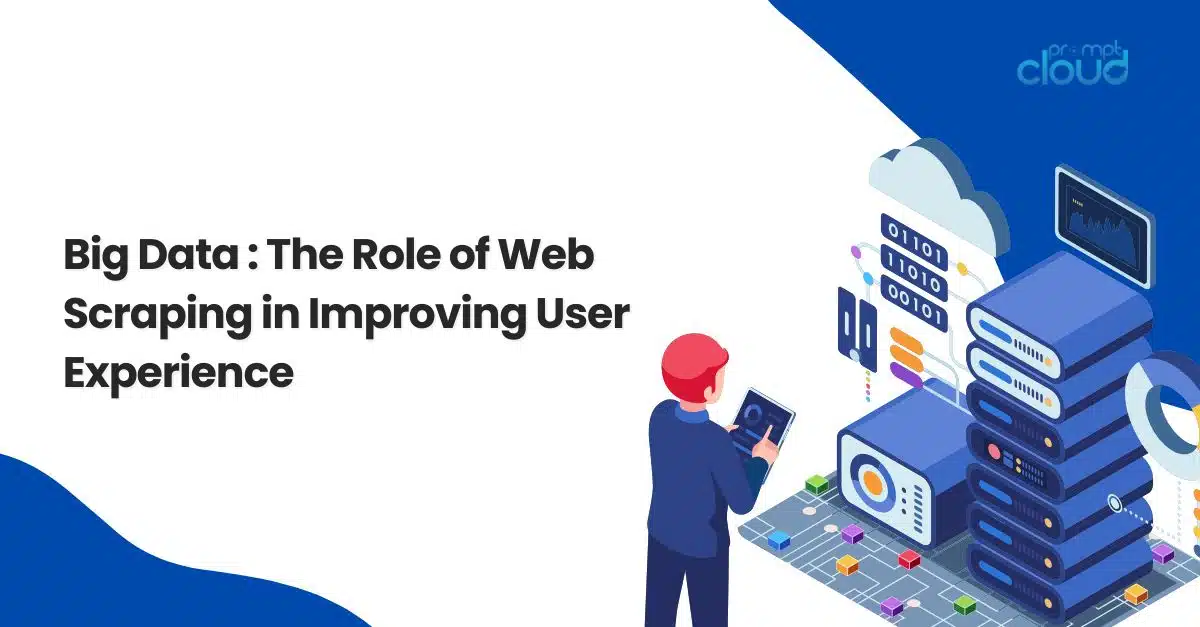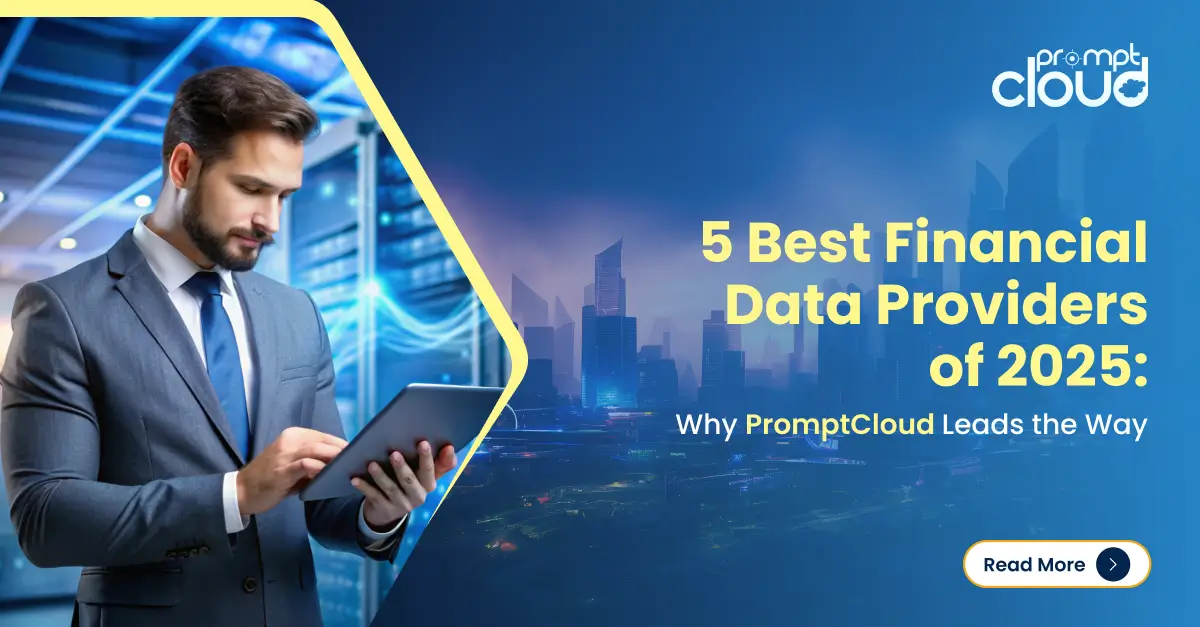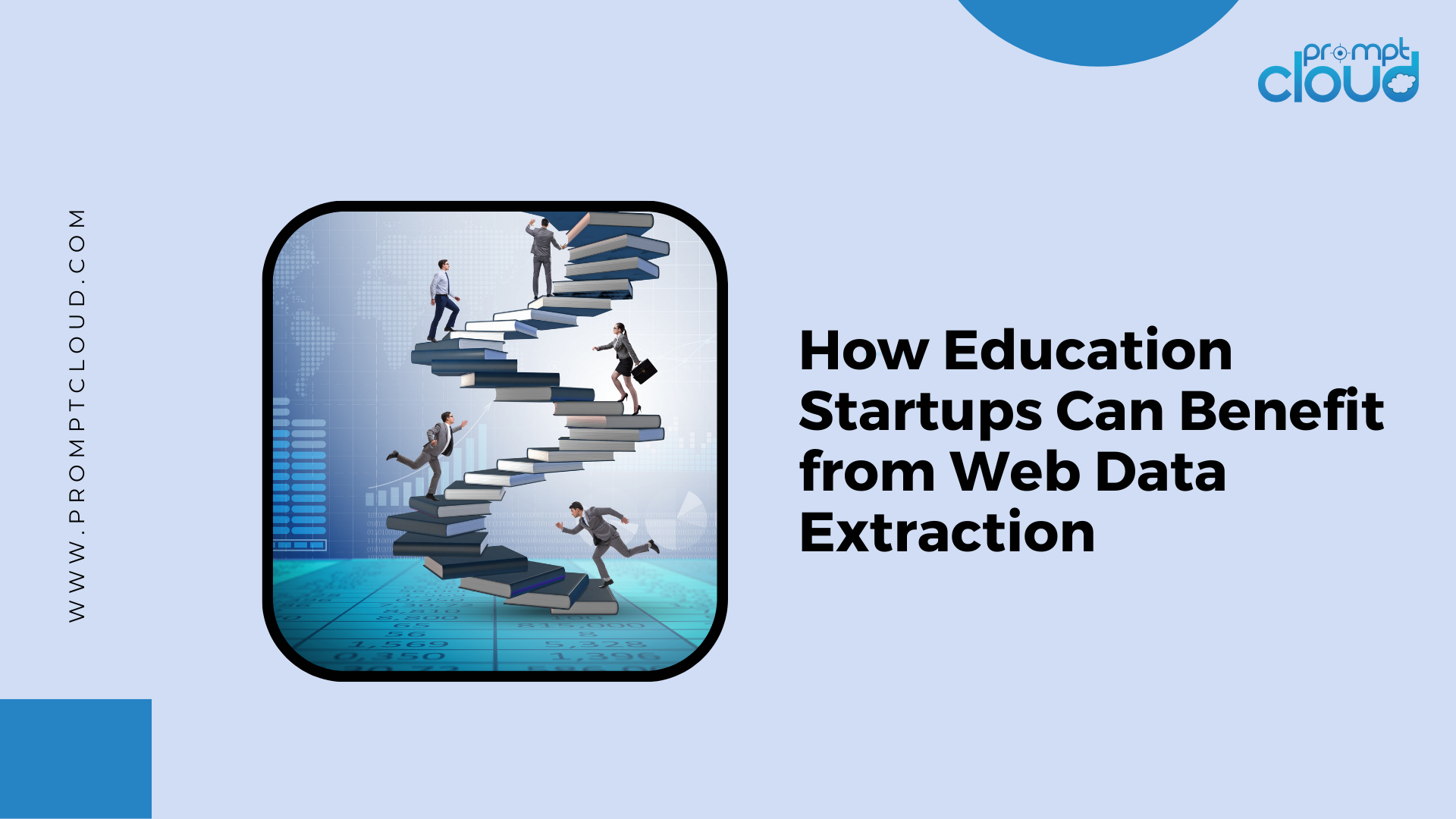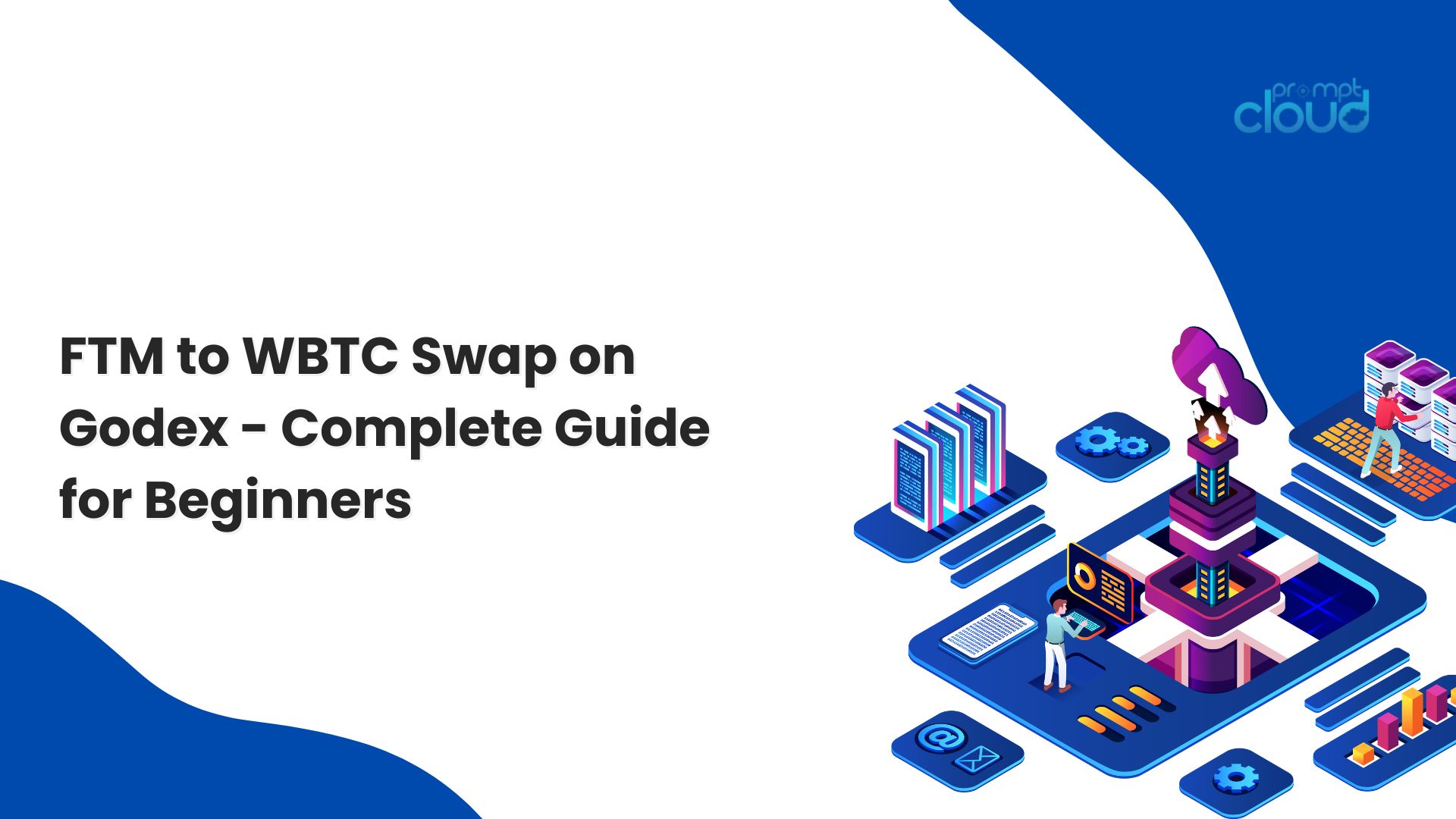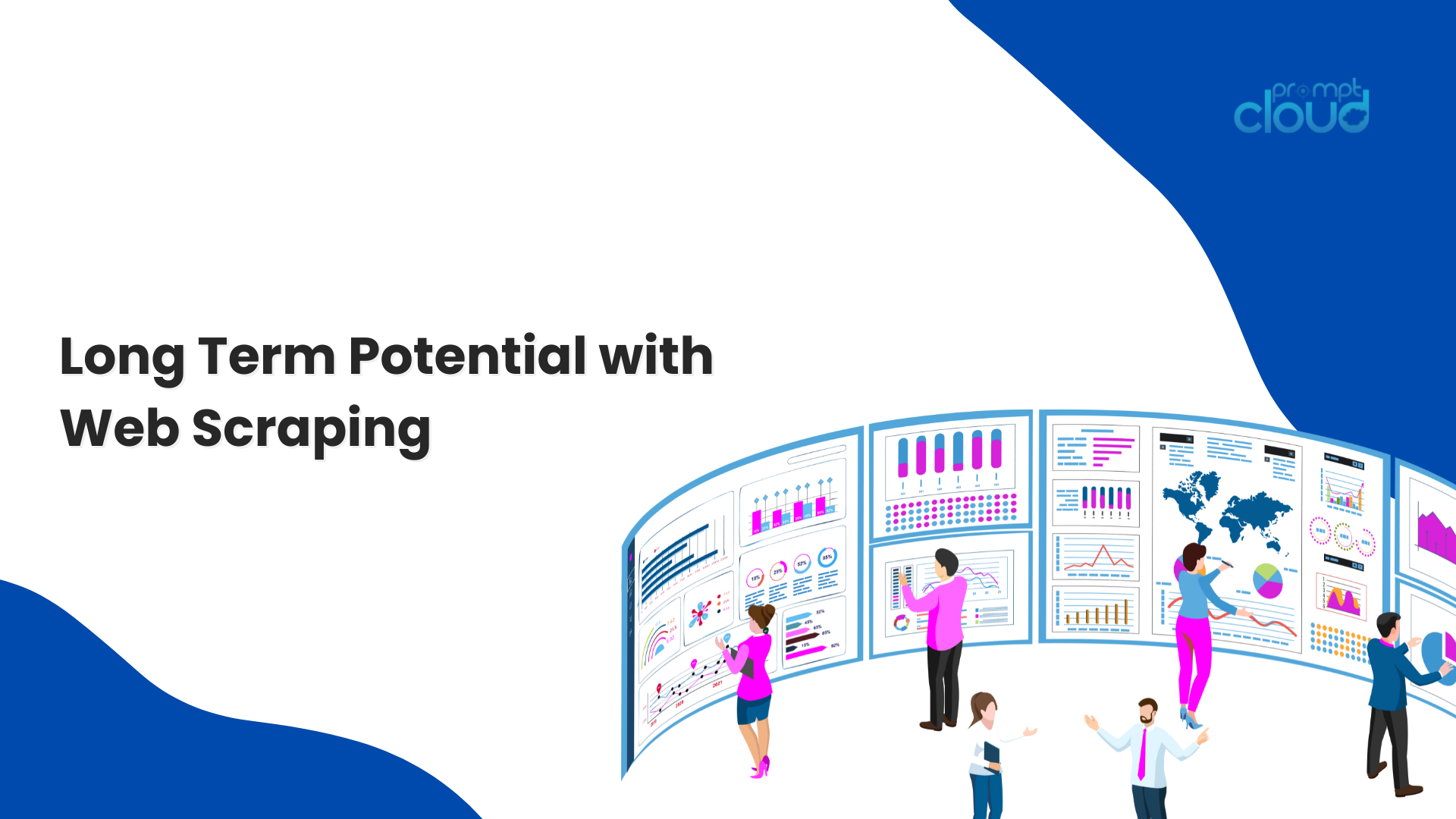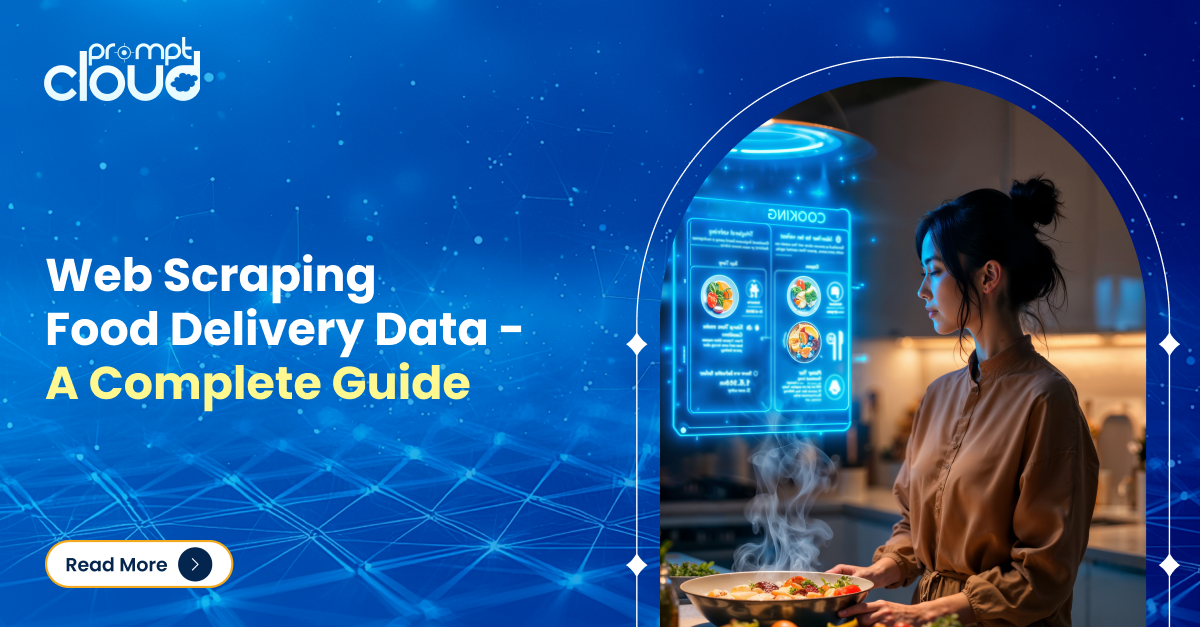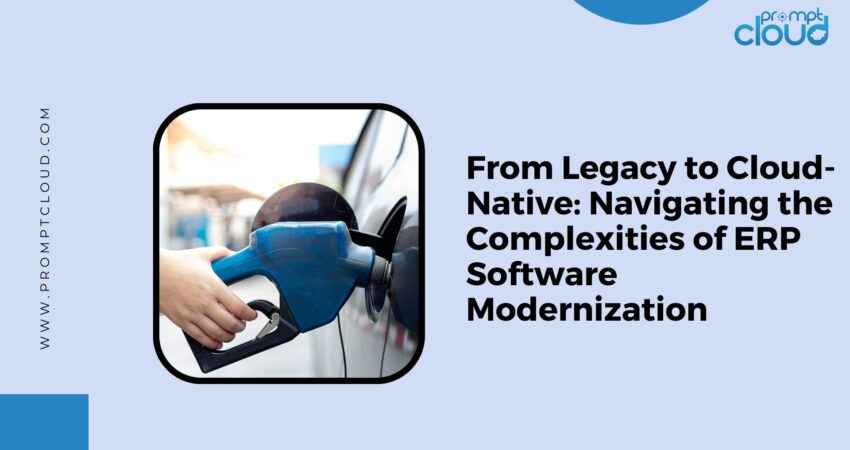
Enterprise resource planning (ERP) software is the leading software for many businesses as it manages everything from finance and HR to supply chain and manufacturing. Legacy ERP systems, however, can prevent companies from innovation and growth. The opportunity to transform business processes with modern capabilities exists by migrating these complex platforms to the cloud. Nevertheless, many technology and organizational challenges are present, which one must carefully navigate.
The Pressures Driving ERP Modernization
Legacy ERP systems have served organizations well for years. Platforms from vendors like SAP, Oracle, Infor, and Microsoft run on-premises software that companies have customized over time. But the traditional model has its limitations in today’s business climate:
The Need for Agility and Speed
Containers, microservices, and APIs, together with cloud-native architecture, make for more modular, more flexible systems. In competitive markets, businesses can more quickly roll out new capabilities to be more responsive. Businesses seeking agility often turn to solutions powered by ERP software development to meet market demands more effectively. Now, legacy systems can lack the speed and agility that are being asked for.
Thirst for Innovation
Mobile access, AI, advanced analytics, and other emerging technologies are difficult to integrate with aging on-premises ERP platforms. The thirst for digital innovation requires modern cloud-based back office systems.
Pain of Technical Debt
Heavily customized legacy systems carry significant technical debt that makes upgrades, integration, and maintenance more complex over time. Resetting the baseline on a cloud ERP platform provides relief. Partnering with providers of custom app development services can help businesses transition to cloud ERP platforms efficiently.
Pressure to Reduce Costs
Maintaining legacy systems and premises ties up infrastructure IT and E-resources budget. ClouRP promises lower total cost of ownership, increased efficiency, and usage-based pricing.
These pressures make the case for ERP modernization compelling. However, for most, it remains a lengthy and complex transition.
For most large enterprises, shifting core ERP functions to the cloud will take years of systematic transition across applications, business processes, data, and organization. To do this it means upgrading technology and transforming how people work. Business business-first approach, led by cross-functional leadership, not IT alone, is the way to go for organizations. It should be done in stages, focused on tangible business outcomes at each time.
Assess and Plan
We conducted audits of the current ERP ecosystem (system, modification, integration, data, and business process), from pressures and opportunities, and set business goals and outcomes for how a company should modernize. In phases, build the cloud migration plan so that you start with clear ROI and priorities. It is important to get C-suite buy-in early.
Prepare and Build
It prepares the organization for changes to systems, processes, and roles. The new standard for cloud infrastructure and ERP platform. Offer more nimble processes and more nimble data architecture. Wherever possible, rely on low code configuration instead of customization. Let you integrate through APIs. Get competent in the cloud and mobile-first design.
Migrate and Integrate
Module by module, migrate legacy ERP components to the cloud platform. Retire legacy systems and data structures incrementally as part of the transition. Ensure integrations with systems are maintained and modernized using methods like APIs. Cloud-enable satellite applications. Provide extensive training and support for users most impacted by changes.
Transform and Optimize
Scale fully cloud-native modules across the enterprise to transform business capabilities. Add emerging technologies like AI/ML to enable intelligent processes. Continually refine solutions and user adoption with feedback loops. Sunset remaining legacy systems and re-engineer outdated processes that hindered progress. The modernization journey may take 3-5 years, but optimizes operations.
Cloud ERP Migration Complexities and Pitfalls
While cloud ERP provides a modern digital foundation, the migration journey contains many technical and organizational challenges:
- Legacy Customizations – Heavily customized legacy ERP makes migration more complex and may require reengineering processes.
- Integrations – Existing integrations other than systems must be maintained and migrated to APIs.
- Data Migration – Mass data transfer, cleansing, and normalization are difficult and may necessitate a hybrid transactional/analytical architecture.
- Testing – Rigorous testing and training are imperative, given the dependencies on the ERP system.
- Skills Gap – Most IT teams lack cloud and mobile-first design skills, which necessitates extensive training.
- Change Management – Business processes, user roles, and KPIs all may need realignment, requiring organizational change management.
- Total Cost of Ownership – While cloud ERP reduces certain costs, license migration, customization, integrations, and change management entail other costs.
- Multi-Year Commitment – Replatforming core ERP is a 3-5-year journey requiring persistent resources and leadership commitment to stay the course.
- Risk of Business Disruption – Despite best efforts, users may struggle through the transition, risking productivity hits and sub-optimal adoption.
Navigating these myriad challenges takes careful planning, leadership, and effective program management. However, the business transformation made possible by cloud ERP makes the journey worthwhile.
Cloud ERP Migration Patterns and Paths
While every legacy ERP transition is unique, common patterns have emerged on how to migrate systems and workloads, depending on starting point and objectives:
Rehost (Lift and Shift)
Rehosting “lifts and shifts” the legacy ERP system as-is to run on infrastructure as a service (IaaS) in the public cloud or a hosted private cloud. This provides faster migration to realize infrastructure cost savings but doesn’t have modern processes or software capabilities.
Replatform (Lift, Tinker and Shift)
Replatforming modifies the legacy ERP via some re-architecture to make it cloud-ready so it can leverage the platform as a service (PaaS) for scalability, resilience, and efficiency gains. However, core processes and functionality stay locked into legacy constraints.
Refactor (Re-Imagine on Cloud)
Refactoring remodels legacy ERP functions and processes using cloud-native modules and microservices. This approach unlocks innovation for competitive advantage but requires more business process reengineering and customization effort.
Replace (Rip and Replace)
For companies whose legacy ERP has hit end-of-life or can’t achieve desired outcomes, a wholesale replacement with a new cloud ERP is necessary. This “rip and replace” strategy enables full transformation but is the most disruptive.
The optimal path depends on the organization’s legacy starting point along with its business objectives and constraints. Each approach has pros and cons regarding migration effort, customization needs, integration requirements, functionality gains, and total cost of ownership.
Key Vendor and Platform Options
The ERP vendor landscape provides various options to modernize legacy systems:
SAP S/4HANA
The next-generation SAP Business Suite product features in-memory data processing and AI capabilities for intelligence and automation. It uses cloud, mobile, and microservices architecture. S/4HANA Cloud runs on hyperscaler infrastructure. However, legacy SAP customizations may not transfer cleanly.
Oracle ERP Cloud
Oracle ERP Central Cloud combines back-office functions like financials, project management, procurement, and supply chain management in a unified data model with embedded analytics and AI. Oracle EBS customers can use cloud modules to maintain customizations, but the path can be complex.
Microsoft Dynamics 365
Microsoft Dynamics 365 integrates ERP with CRM, BI, AI, and IoT capabilities on the Azure cloud. Unified data and workflows enable end-to-end processes. Dynamics 365 Finance and Supply Chain Management support various migration paths from legacy Dynamics, SAP, Oracle, and other ERP platforms.
Infor CloudSuite
Infor offers deep industry-specific legacy migration options via its ION middleware and Infor OS cloud operating platform. Its CloudSuites enable companies to transition existing Infor (and some third-party) ERP instances to the cloud while maintaining functionality, workflows, and customizations.
Plex Manufacturing Cloud
Plex Systems specifically targets the manufacturing industry with a unified cloud ERP platform that includes manufacturing execution capabilities. Its “configure, don’t customize” approach uses low-code tools for modifications, enabling quicker migration from legacy systems.
NetSuite ERP
NetSuite is a full cloud ERP suite for midsized rapid-growth companies, covering financials, inventory, order management, HR, and global operations. Its unified data architecture simplifies migrations from QuickBooks and other small business platforms as companies scale up.
This cross-section of options provides potential pathways to cloud ERP liberation for organizations burdened by legacy systems.
Examples of Cloud ERP Transformations
While every migration varies legacy journey on organization base and objectives, these сonditional examples showcase what’s possible:
Global Manufacturer – Multi-Tier Hybrid Cloud
A large manufacturer of industrial equipment had a highly customized legacy SAP system. They opted for a stepped migration to S/4HANA using a multi-tier intelligent enterprise cloud. Critical workloads run on private infrastructure linked to the public cloud. The approach helped accelerate their transformation while navigating customization and integration.
Government – New Capabilities on Azure
A state government agency transitioned its aging on-premises Oracle eBusiness Suite to Microsoft Dynamics 365 with Azure cloud infrastructure. The more agile Dynamics platform better supports new e-services for citizens and provides real-time insights using Power BI embedded analytics.
Midsized Retailer – Unified Systems in NetSuite
A women’s clothing retailer had struggled with disjointed Shopify e-commerce and QuickBooks systems that couldn’t support their growth. By implementing NetSuite ERP, they gained a unified cloud commerce and back office platform that better managed inventory and order processes via a single view of customer and transaction data.
Global Bank – SAP S/4HANA Selective Transition
A multinational bank took a phased approach to modernizing legacy SAP systems that run core banking functions. They’ve developed a methodology to determine which applications can migrate to S/4HANA now and which will require more complex data and integration re-engineering for later transition.
These examples showcase hybrid, phased approaches that balance migration complexity with the desire for business innovation and intelligence.
Key Takeaways and Recommendations
- Legacy ERP modernization is a multi-year journey – Commit to a long transformation but focus on tangible wins and ROI in each phase.
- Take a business-first, cloud-second approach – Cloud enablement serves defined business goals rather than as an end unto itself.
- Assess the existing ecosystem before charting the course – Thorough audits reveal scope, interdependencies, constraints, and opportunities.
- Re-platforming requires process and organizational change, too. Technology transformation must be linked to evolving how people work to unlock innovation.
- Maintain integration and customization discipline. Carefully determine what can be migrated “as-is” and what requires redesigning with cloud-native tools.
- Embrace multi-tier, hybrid models – Intelligent clouds that balance legacy environments with new solutions can aid the transition.
- Involve leadership in governing the program – Business and IT leaders must align on vision, coordinate resources, and course-correct.
- Focus on adoption and competency early on – User enablement through training and support increases solution uptake and proficiency.
By following these leading practices, organizations can successfully leap from rigid legacy ERP systems to agile cloud-native platforms that propel their business forward. While navigating the complexity of migration takes patience and persistence, the transformation opportunity is worth the effort.











